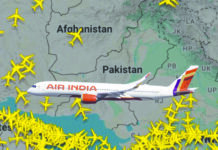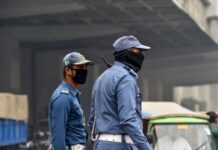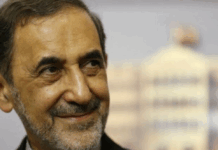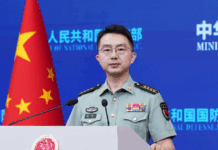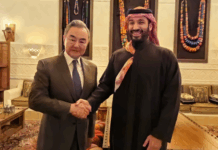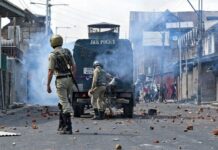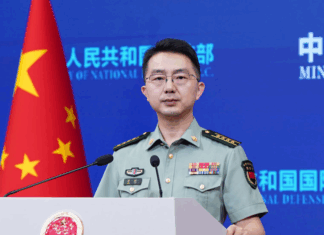With 12.5 million more people falling into poverty due to poor economic conditions, Pakistan’s poverty rate surged to 41.3 percent from 34.2 percent in one year. The increase is consistent with ground realities, as Pakistan’s economic model is no longer reducing poverty and living standards have fallen behind peer countries. In 2022, Pakistan experienced devastating floods, affecting 33 million people in 94 districts. The UN reported 20.6 million people needed assistance, including 14.6 million for emergency food, seven million children needing nutrition services, four million lacking access to health services, and 5.5 million lacking safe drinking water.
Spatial disparities in socioeconomic development, particularly when regional inequality aligns with political and ethnic tensions, pose a significant concern in developing economies. However, the economic study of disparity is a multifaceted topic, encompassing the absence of equality and the distribution of interests to specific recipient units. This concept is often associated with justice considerations and the positive ethical value of equality. Understanding the correct interpretation, measurement, and definition of disparity is crucial for a comprehensive understanding. Disparity studies must focus on a measurable element, such as income, wealth, consumption, welfare, or utility, such as gender, race, opportunities, or income inequality. The distribution of these elements is evaluated based on their goodness or badness, and the concept of disparity represents the value judgment of the absence of a homogeneous distribution of such elements.
Economic development aims to enhance a community’s economic well-being by creating jobs, retaining them, enhancing the tax base, and improving quality of life. However, there is no single strategy for successful development, as communities vary in their geographic and political strengths and weaknesses, presenting unique challenges for economic development. The World Inequality Database Report reveals that the top 10 percent of Pakistani households earn 42 percent of the country’s income, while the bottom 50 percent earn only 13 percent. This wealth disparity affects the country’s socio-economic development. The Gini coefficient, a measure of inequality, is the worst in Pakistan, with a score of 29.6, compared to Bangladesh’s 32.4, India’s 35.7, and the global average of 38.
In Pakistan, household consumption is used as a welfare indicator. Poverty lines are the thresholds that separate the poor from the non-poor. The ministry of planning, development and reform measures poverty on the consumption-based approach using data from the Household Integrated Economic Survey (HIES). The official poverty line in Pakistan is calorie-based and consumption-based absolute poverty is estimated after converting the household consumption level to the adult equivalent based on the recommended nutritional requirements of 2,350 calories per person per day and providing an almost equivalent amount for other basic needs. Recently, the Oxford Poverty and Human Development Initiative (OPHI) developed the Multidimensional Poverty Index (MPI) to reflect the multiple deprivations that a poor person faces with respect to education, health and living standards. The government of Pakistan in collaboration with the United Nations Development Project (UNDP) is trying to develop an MPI for Pakistan.
The successive governments have developed a comprehensive poverty reduction strategy, primarily built upon nine pillars such as macroeconomic stability and real sector growth, protecting the poor and the vulnerable, increasing productivity and value addition in agriculture, integrated energy development programmes, making industry internationally competitive, human development for the 21st century, removing infrastructure bottlenecks through public private partnerships, capital and finance for development, and governance for a just and fair system. Cost of basic needs approach (CBN) has been adopted to measure poverty, resulting in a significant decrease in poverty over the past two decades. The percentage of poverty decreased from 61.6 percent in 1998-99 to 21.5 percent in 2018-19, with urban areas seeing a decrease from 47.4 percent to 10.7 percent and rural areas from 67.5 percent to 27.6 percent. Provincial estimates show a reduction across all provinces, with Punjab having the highest poverty rate at 61.8 percent in 1998-99.
Urban poverty intersects with discourses of exclusion, marginality, and vulnerability, with anti-encroachment drives against the urban poor compromising their employment and housing rights. Effective and monitored steps by the government are required to help reduce poverty and increase income generation.
There have been many programmes run by governments in succession like rural development programmes, land reforms, social welfare programmes, social securities, Pakistan Bait-ul-Mal, Benazir Income Support Programme and much more. Some of them were continued only for a specific period while others have been refined and further strengthened and are being continued. Some have been replaced with new ones. However, these programmes, to some extent, helped people skip out of the poverty web through multidimensional approaches. By involving multiple graduation strategies, resilience against various shocks and long-term planning for human capital development was built.
It is a proven fact that the nature of poverty in Pakistan is mostly transient, which means that the poor reflect a trend of going above and below the poverty line at times. Poverty can be fought only through a special package of policy measures designed to accelerate growth both in the agricultural and industrial sectors, launch new employment generation programmes and ensure a more equitable distribution of national income. Education is a significant factor in determining poverty levels, being an investment in human capital. In developing countries like Pakistan, low investment in education can lead to individuals overcoming poverty and guiding others to improve their situation. Remittances and assets accumulation can help people out of poverty, as they provide different earning opportunities. Household size also affects poverty levels, with larger family units experiencing the highest levels. The National Poverty Graduation Programme aims to address this issue by facilitating asset transfers and social mobilization. However, urban poverty intersects with discourses of exclusion, marginality, and vulnerability, with anti-encroachment drives against the urban poor compromising their employment and housing rights. Effective and monitored steps by the government are required to help reduce poverty and increase income generation.



